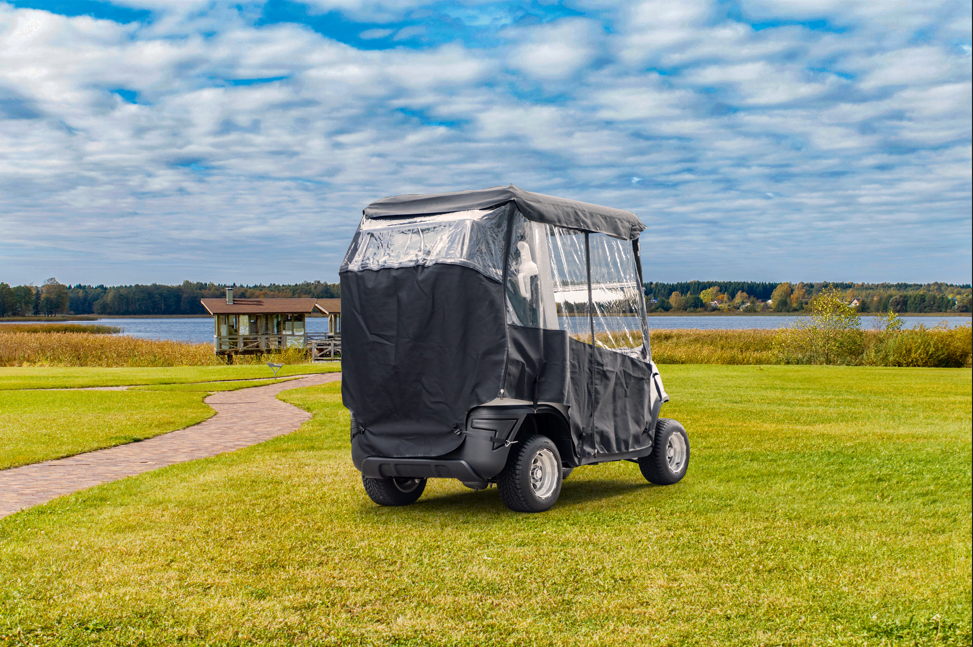-
Shopping Tools
-
Care & Maintenance
-
About
-
Dealer Login

Storms, heat, and cold can drain batteries and corrode wiring. Protect your cart with smart storage, pre-ride checks, and post-storm care for reliable performance.
To protect your cart year-round, start with the basics: shelter, a quality cover, and quick inspections. Whether you shuttle around a community or commute between holes, an electric golf cart stays dependable when moisture, UV, and temperature swings are managed. Use the checklist below to minimize downtime and keep components healthy through rain, wind, heat, and cold snaps.
Bad weather is tough on carts, but consistent habits—cover, inspect, dry, and recharge—prevent most issues. With smart storage, basic sealing, and a post-ride routine, your electric golf cart will stay ready through storms, heat waves, and cold snaps—so the next round starts on time and runs smoothly.
